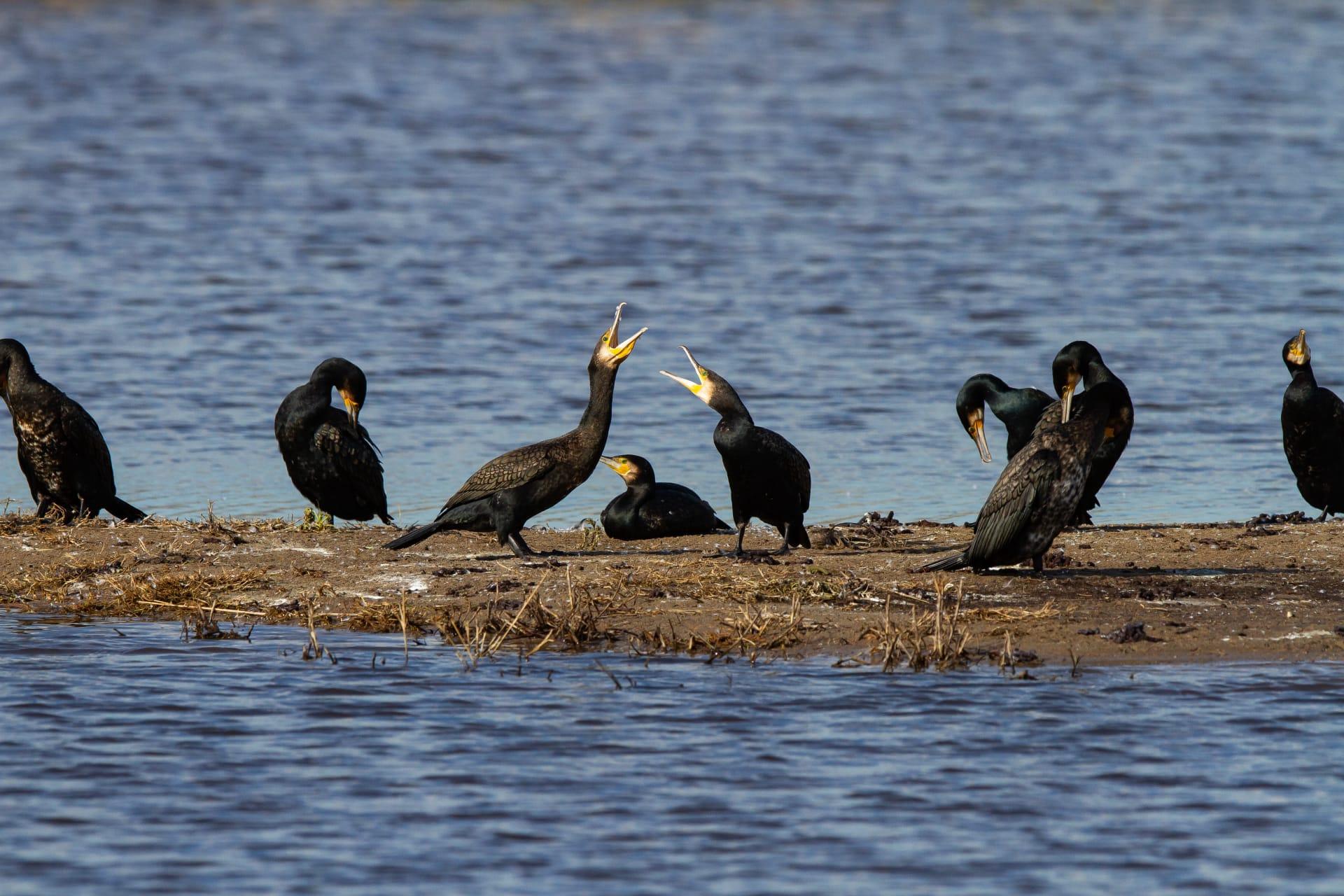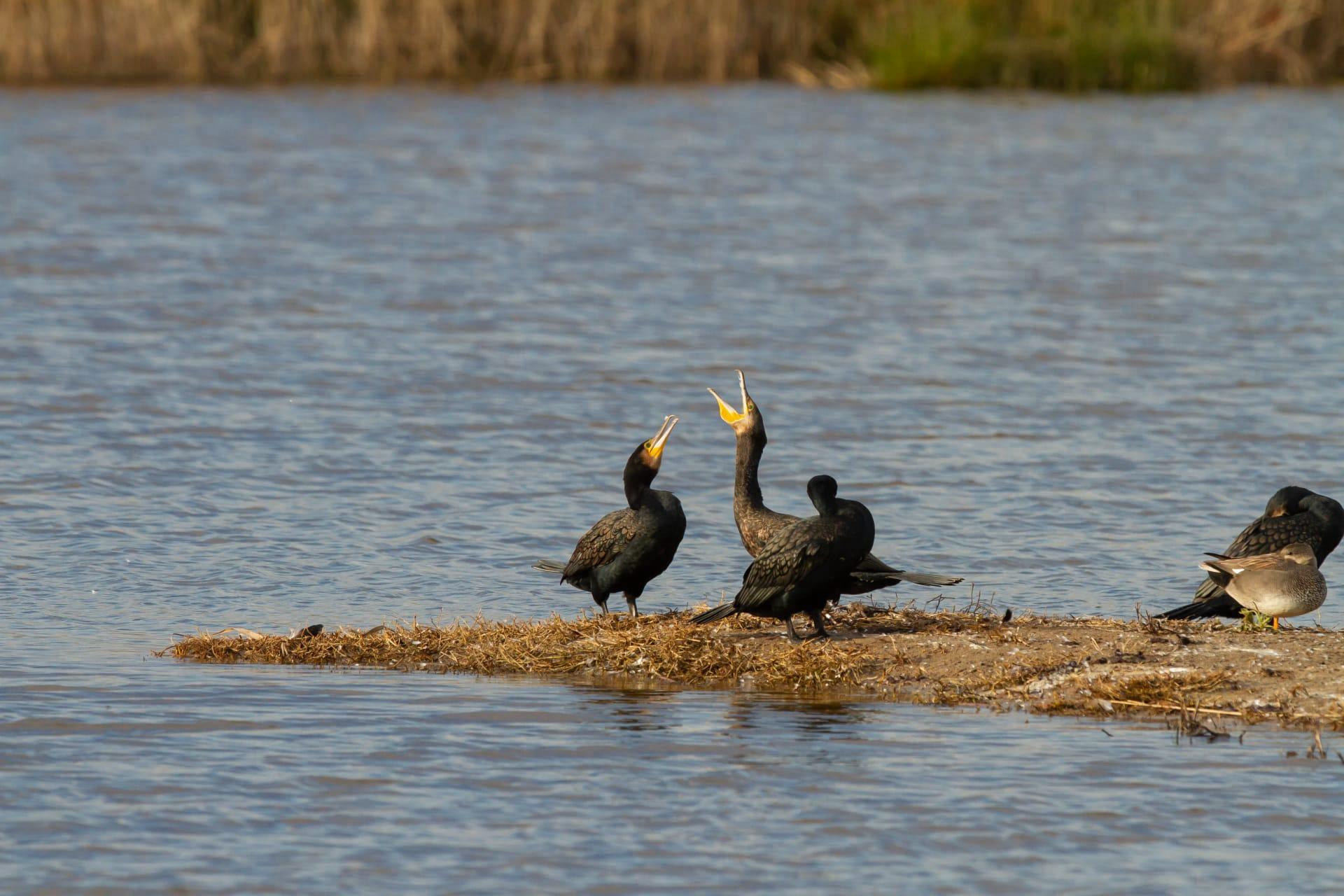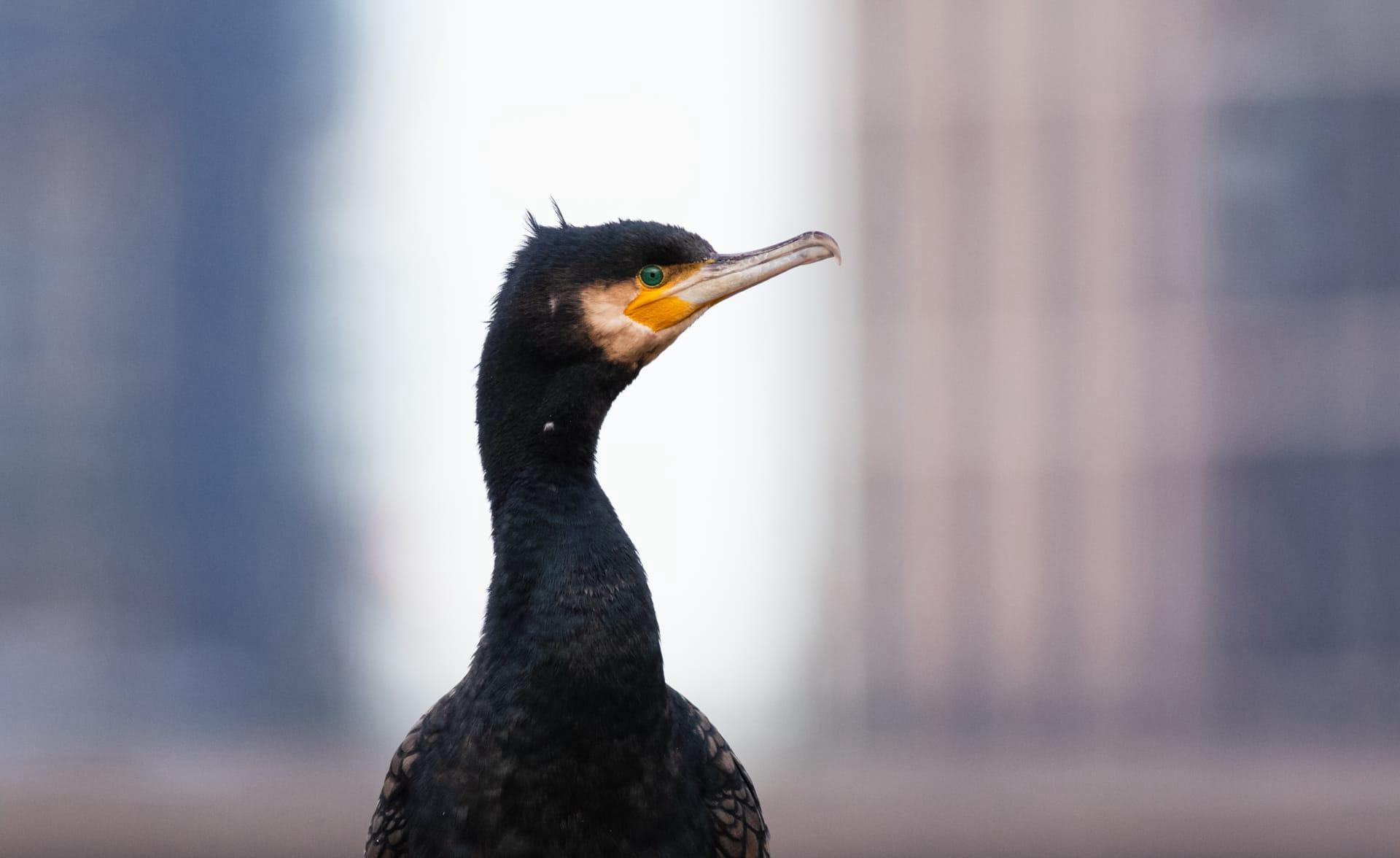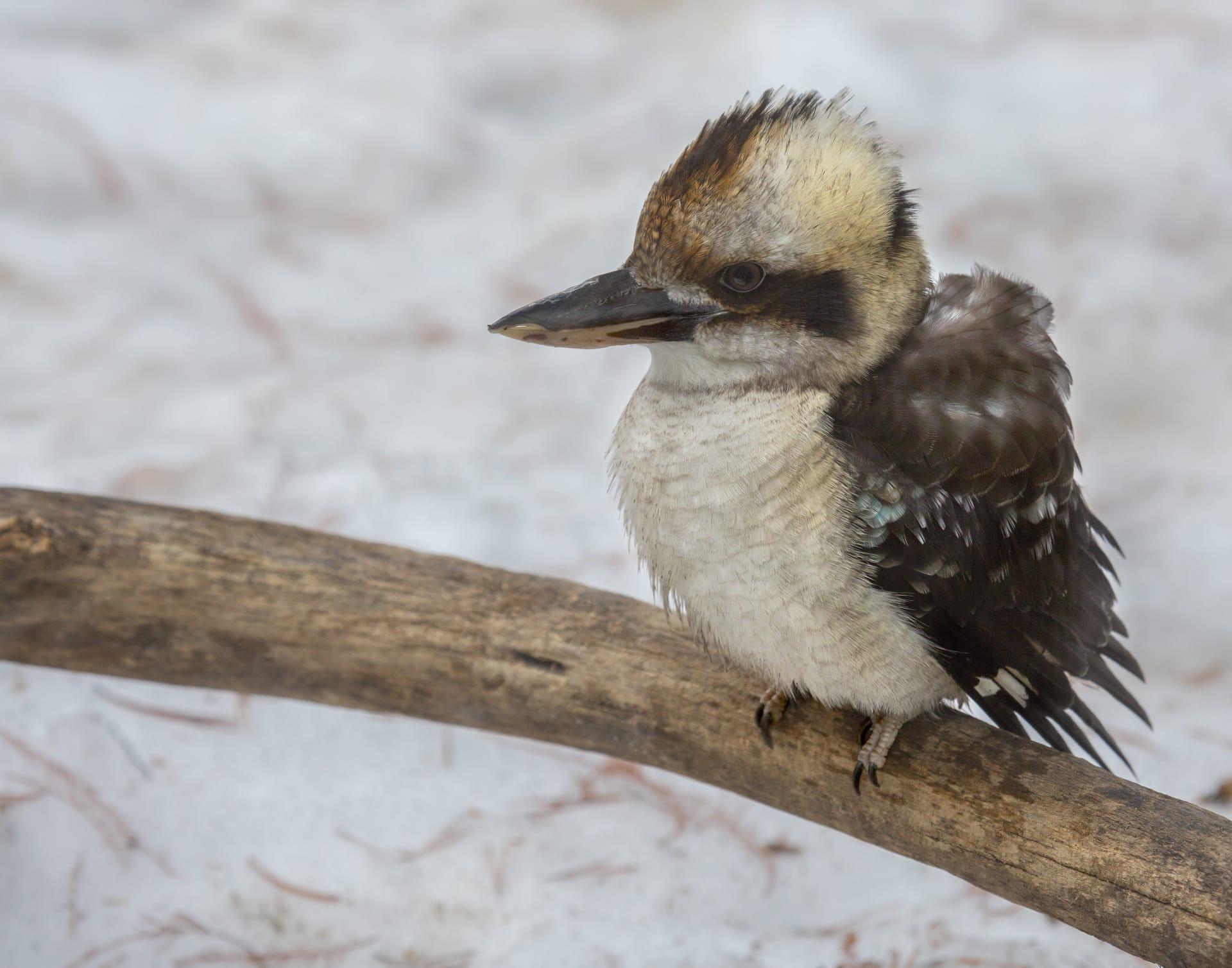1
Cormorants, intriguing birds known for their expert fishing skills, can dive up to 45 meters deep. That's about the height of a 12-story building! These dives aren't just deep but also lengthy, lasting up to 70 seconds. This is quite impressive, considering humans, even trained divers, struggle to reach such depths and durations without specialized equipment.
Another fascinating aspect of cormorants is their feathers. Unlike most water birds, cormorants have less waterproof feathers. This might sound like a disadvantage, but it's actually a strategic adaptation for diving. Their slightly wettable feathers get heavier in water, reducing buoyancy, which allows them to sink quickly and chase fish with remarkable agility. On land, you'll often see them with wings spread out, drying their feathers in the sun – a unique and iconic pose in the bird world.

2
Cormorants have an expansive diet, but what's interesting is their selective hunting strategy. They primarily feast on bottom-dwelling fish, which they skillfully catch during their deep dives. However, they're not picky eaters. Their diet can range from small eels to large flatfish, adapting to the available aquatic life in their environment. This adaptability makes them successful hunters in a variety of water bodies, from rivers to open seas.
These birds are also known for their distinctive fishing technique called 'cooperative fishing.' Here's how it works: a group of cormorants will swim in a line or a circle, herding fish into dense, easily catchable clusters. This coordinated effort not only increases their hunting success but also demonstrates their high level of social intelligence and ability to work in teams – a trait not commonly observed in bird species.

3
Cormorants have a unique relationship with humans in some parts of the world. In ancient China and Japan, fishermen trained these birds to catch fish for them – a practice known as cormorant fishing. These trained cormorants would dive into water, catch fish, and return them to the fishermen's boats. The birds had rings around their necks to prevent them from swallowing large fish, a clever yet humane method ensuring they could still eat smaller fish and stay nourished.
Their vision underwater is another remarkable feature. Cormorants have specially adapted eyes that enable them to see clearly both in air and underwater, a rare ability in the bird kingdom. This is essential for their hunting strategy, as it allows them to spot and chase fish with precision in murky or deep waters. The way their eyes adjust between air and water vision is similar to how humans adjust focus between near and far objects, showcasing a remarkable evolutionary adaptation.

4
Cormorants are long-lived birds, with some species living up to 20 years. This longevity is significant in the bird world, where many species have much shorter lifespans. Their long lives allow them to develop sophisticated hunting techniques and adapt to different environmental conditions, contributing to their survival and success as a species.
Migration patterns of cormorants are also noteworthy. While some species are sedentary, others undertake significant migrations. For instance, the Great Cormorant, found across the world, migrates up to several thousand kilometers between breeding and wintering grounds. This journey is not just a feat of endurance but also of navigation, as they often travel along coastlines and across open waters, showcasing their adaptability and resilience in various habitats.

5
Cormorants play a vital role in their ecosystems. They are considered 'indicator species,' meaning their presence and health reflect the overall health of their aquatic environments. A decline in cormorant populations can indicate problems like pollution or overfishing in their habitats. Thus, monitoring their numbers helps in assessing ecological balance.
Lastly, the social structure of cormorants is quite elaborate. They nest in colonies, which sometimes include thousands of individuals. These colonies are often located on cliffs, islands, or in trees near water. The communal living provides safety in numbers and is an essential part of their breeding strategy. Within these colonies, cormorants exhibit complex behaviors, from courtship rituals involving elaborate displays and vocalizations to cooperative parenting, where both parents take turns in nurturing the young.